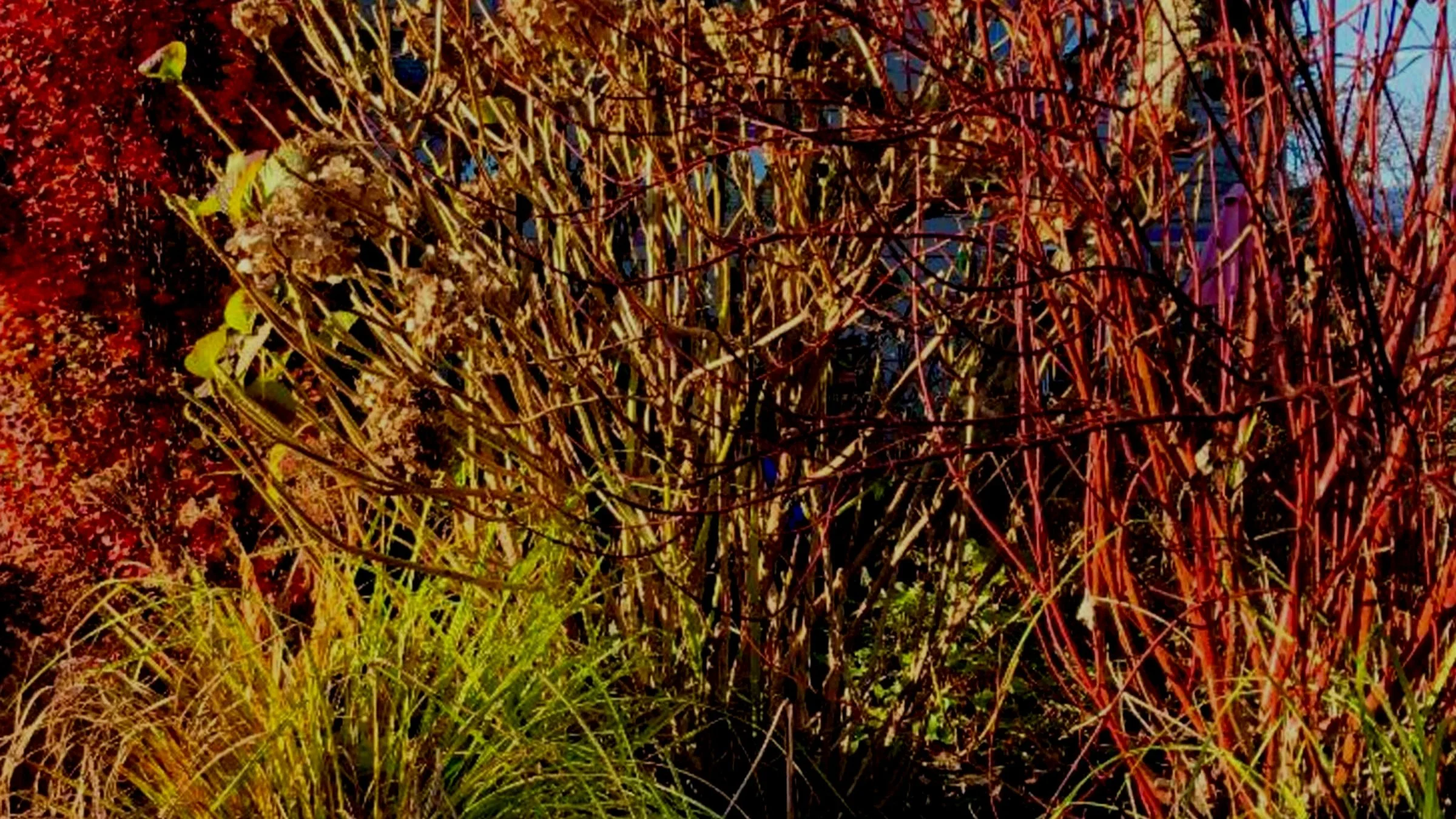As much as I hate to admit it, it is time to jettison the summer color and start thinking about what will look good in the garden all winter long. As the perennials melt down, the annuals die and the deciduous trees & shrubs shed their foliage, we are left with one primary group of plants that can give us dependable winter color - needle-leafed evergreens, which botanically speaking, we call conifers.
Winter is when conifers come to the center stage of the garden. During the season there are way too many distractions to even notice them. But once all the flowers are gone and the foliage has frozen away the conifers become the dominate elements of the landscape. They become the framework of our borders and beds, as well as help us to remember how the spaces are articulated in our gardens. They are also good candidates for containers.
When I first moved to the northwest I was overwhelmed with the choices of conifers. We have at least 10-15 genera and a plethora of varieties and cultivars to choose from. Over the last 26 years I have come to appreciate many flavors of conifers for their role in my garden in the winter. They will never hold the excitement for me that my annuals and perennials provide but they are reliable, if nothing else, in the winter when all my fun stuff is gone and out of sight.
Far too many northwesterners have the annoying habit of referring to all evergreens as “pines”. I am not sure how this came to be considering that our native forests are dominated not with pines but rather cedars, firs, spruce and hemlocks. On the east side the pine tree is the dominate conifer, but not the case on the west. Because we are part of the Pacific Rim many Asian species of conifers thrive in our climate and have been introduced over the years. Had it not been for the Ice Age and Continental Shift I suppose many might still be considered native to our area.
This is by far the best time of the year to shop for conifers. Many of them have taken on winter colors of plum and bronze instead of their summertime blue and green. There are even a couple of pines that turn a bright yellow in the winter. (Look for Chief Joseph if you like golden foliage, it is a stunner.) Conifers will be the predominate feature in the garden center, usually moved into a prominent location where they can’t be missed or lost in a morass of annuals and perennials. You might be surprised at the contrast and drama you can generate with conifers, just from the variety of foliage colors and growth habits that are available. Don’t forget to look for miniature varieties that only grow an inch or less a year, which makes them well suited for containers, rockeries or miniature gardens.
Conifers generally are relatively undemanding. They love our acidic soils and ample rainfall, just make sure they have good drainage. Some conifers can be pruned or sheared into hedges or topiary shapes while others need to be allowed to grow naturally. In the end, there is a conifer for practically every application you could ever think of from full sun (pines) to full shade (yews and hemlocks) and drought (junipers) to dampness (dawn redwoods). For more info come to our class this Saturday and find out for yourself what an incredibly diverse group of plants conifers are.


